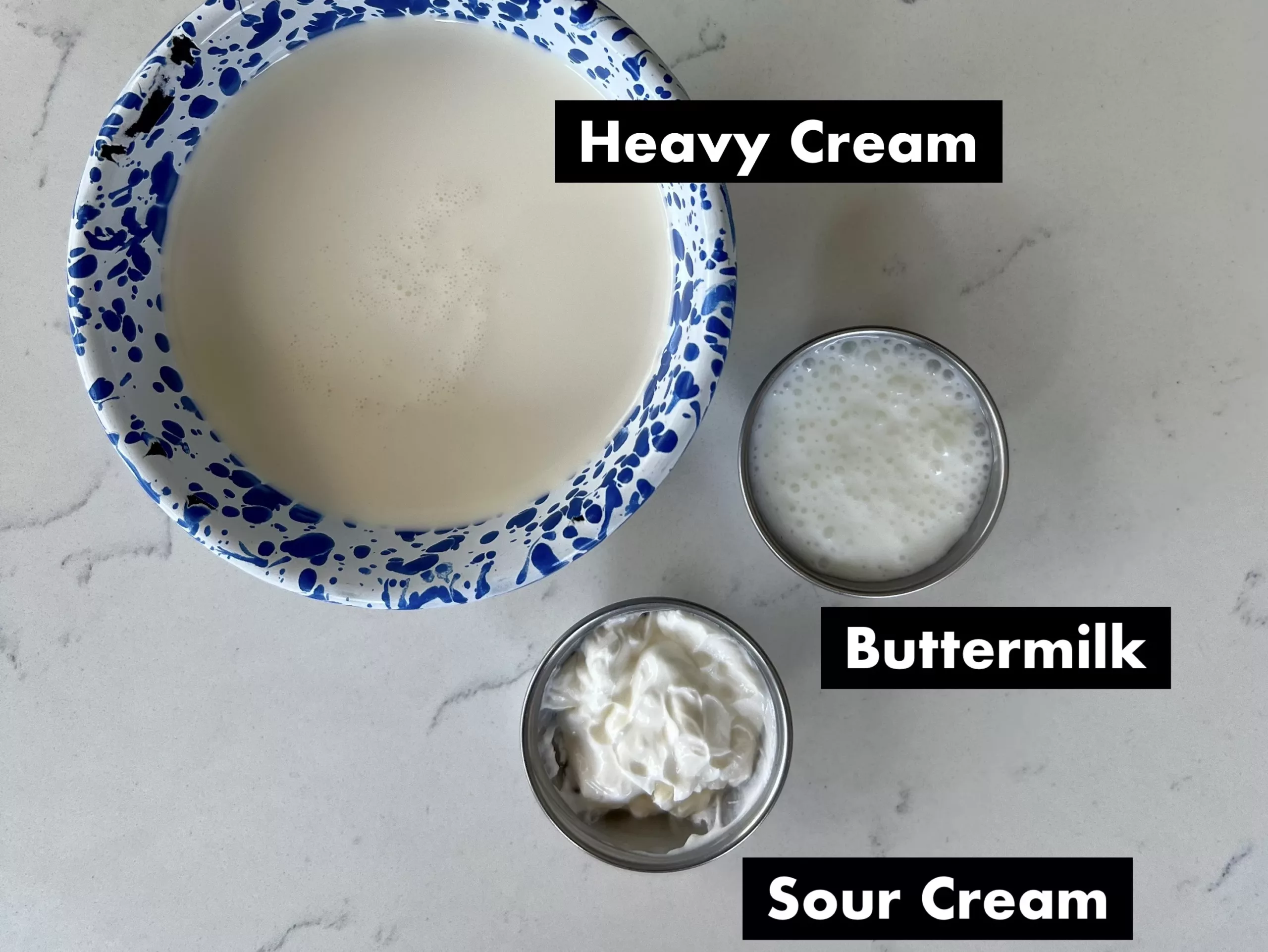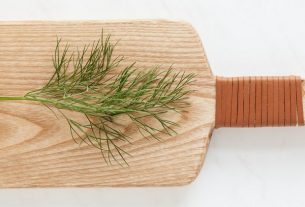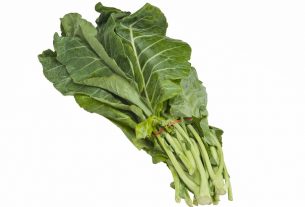In the culinary universe, where flavors collide and ingredients reign supreme, there exists a timeless battle between two dairy heroes: buttermilk and heavy cream.
Ah, the dilemma of choosing between these creamy companions!
Join me on a tantalizing journey as we unravel the contrasting qualities of buttermilk and heavy cream, revealing their culinary superpowers and uncovering the secrets they hold within their velvety depths.
Prepare your taste buds for a showdown of flavors – it’s about to get real buttery!
buttermilk vs heavy cream
Buttermilk and heavy cream are two dairy products that differ in their fat content and uses.
Heavy cream contains an average of 36% fat, while buttermilk has only 1% fat.
Buttermilk has a tart flavor and is more acidic compared to heavy cream.
Due to its high acidity, buttermilk is ideal for tenderizing meat and can be used as a marinade or brine.
Additionally, buttermilk is better for leavening baked goods when combined with baking soda.
On the other hand, heavy cream does not react with baking soda and is used primarily to thicken or whiten sauces, soups, and puddings.
Both buttermilk and heavy cream have longer shelf lives than whole milk or nonfat milk when stored in the refrigerator.
Buttermilk can last several days to 2 weeks beyond the expiration date and up to 3 months if frozen, while heavy cream can stay fresh for up to 4 weeks in the refrigerator and several months when frozen.
It is important to discard these products if they exhibit signs of spoilage such as a strong sour smell, visible chunks or mold, or discoloration.
Key Points:
- Buttermilk has 1% fat while heavy cream has 36% fat.
- Buttermilk has a tart flavor and is more acidic than heavy cream.
- Buttermilk is used for tenderizing meat, marinades, and brines.
- Buttermilk leavens baked goods when combined with baking soda.
- Heavy cream is used to thicken and whiten sauces, soups, and puddings.
- Both buttermilk and heavy cream have longer shelf lives than whole or nonfat milk.
buttermilk vs heavy cream – Watch Video


Pro Tips:
1. The primary difference between buttermilk and heavy cream lies in their fat content. Buttermilk is low in fat, typically containing only about 1-2%, while heavy cream has a much higher fat content, ranging from 36-40%.
2. Buttermilk is a cultured dairy product, made by fermenting milk with lactic acid bacteria. This process gives it a slightly tangy flavor and a creamy consistency. In contrast, heavy cream is non-cultured and has a rich, buttery taste.
3. Buttermilk is a popular ingredient in baking because of its acidic nature, which reacts with baking soda to create carbon dioxide bubbles. This helps in leavening the dough and gives the final product a lighter texture. Heavy cream, on the other hand, is commonly used in making sauces, whipped cream, or for adding richness to soups and desserts.
4. While both buttermilk and heavy cream can be used in cooking, they have different effects on the final outcome. Buttermilk tenderizes meat, making it a wonderful marinade for chicken or pork dishes, while heavy cream adds richness and thickness to sauces and soups.
5. Buttermilk has a longer history than heavy cream, with its origins dating back to ancient times. In many cultures, buttermilk was traditionally made as a byproduct of churning butter, using the leftover liquid from the process. Heavy cream, on the other hand, gained popularity during the Middle Ages in Europe, as a product of separating cream from milk.
Fat Content: Heavy Cream Vs Buttermilk
When it comes to fat content, heavy cream and buttermilk are polar opposites. Heavy cream contains an average of 36% fat, making it a rich and indulgent option for many culinary creations. On the other hand, buttermilk only has a mere 1% fat, giving it a lighter and more refreshing profile. This stark difference in fat content not only affects the taste and texture of these two dairy products but also their versatility in various recipes.
The high fat content in heavy cream contributes to its creamy and decadent consistency, making it an excellent choice for enriching sauces, soups, and puddings. Its richness adds depth and flavor to dishes, elevating them to new levels of indulgence. However, heavy cream should be used in moderation due to its high fat content, as excessive consumption may lead to health issues such as weight gain and heart problems.
Buttermilk, on the other hand, with its minimal fat content, provides a lighter option without sacrificing flavor. It can be used in a variety of recipes, adding a subtle tang and creaminess. The low fat content makes buttermilk a healthier alternative compared to heavy cream, making it suitable for those looking to cut back on their fat intake.
Flavor Differences: Tartness Of Buttermilk Vs Creaminess Of Heavy Cream
The flavor profile of these two dairy products couldn’t be more different. Buttermilk, with its characteristic tartness, offers a unique and tangy taste that sets it apart from heavy cream. This tartness is a result of buttermilk’s fermentation process, which produces lactic acid, giving it its distinct flavor. The acidity of buttermilk also contributes to its tanginess and makes it more acidic than heavy cream.
Heavy cream, on the other hand, is known for its rich and creamy flavor. Its high fat content gives it a luscious mouthfeel and adds a touch of luxury to dishes. The creamy taste of heavy cream makes it a popular choice for desserts and rich sauces, providing a smooth and velvety texture.
The contrasting flavors of buttermilk and heavy cream make them suitable for different culinary applications. Buttermilk’s tartness works well in savory dishes, adding a refreshing and tangy element to marinades and brines. Heavy cream, with its creamy and indulgent taste, is ideal for sweeter creations, such as whipped cream or creamy soups.
These flavor differences allow for creative and diverse culinary possibilities, depending on the desired taste and texture.
- Buttermilk has a unique and tangy taste due to its fermentation process
- Heavy cream is known for its rich and creamy flavor
- Buttermilk works well in savory dishes, adding a refreshing and tangy element
- Heavy cream is ideal for sweeter creations, providing a smooth and velvety texture.
Buttermilk As A Meat Tenderizer
One of the remarkable properties of buttermilk lies in its ability to tenderize meat. The high acidity of buttermilk is beneficial when it comes to preparing tougher cuts of meat, as it helps break down the proteins, resulting in a more tender and succulent end product.
Using buttermilk as a marinade or brine can work wonders, especially for poultry, pork, or meat that tends to be tougher. It not only enhances the flavor but also helps to tenderize the meat, making it more enjoyable and easier to chew. The acidity in buttermilk assists in the process of breaking down the connective tissues, resulting in a more tender texture.
For optimal results, it is recommended to marinate the meat in buttermilk for several hours or overnight to allow the acidity to work its magic. The end result will be a dish that is not only more flavorful but also tender and juicy.
Using Buttermilk For Baking: Leavening Properties
Buttermilk is a unique ingredient that is perfect for baking due to its exceptional leavening properties. When combined with baking soda, buttermilk reacts and produces carbon dioxide, resulting in dough that rises and becomes incredibly light and fluffy.
The acidity of buttermilk activates the baking soda, causing it to release carbon dioxide gas. This gas generates bubbles within the batter or dough, creating a texture that is not only lighter but also more airy. In addition to its leavening ability, buttermilk also provides moisture to baked goods, keeping them tender and moist.
The leavening effect of buttermilk makes it an excellent choice for recipes like pancakes, biscuits, and cakes that require a fluffy texture. Furthermore, the acid present in buttermilk adds a subtle tanginess that elevates the overall flavor of baked goods.
Heavy Cream For Thickening And Whitening Sauces
While buttermilk is great for tenderizing meat and leavening baked goods, heavy cream is the star when it comes to thickening and whitening sauces, soups, and puddings. The high fat content in heavy cream is key in creating a luxurious and velvety texture in these dishes.
When added to hot liquids, the fat in heavy cream works wonders by stabilizing the emulsion, resulting in a smooth and creamy consistency. It adds body and richness to sauces, elevating them from thin and watery to rich and indulgent. The fat also helps coat the ingredients, ensuring a perfect blend of flavors in every mouthful.
Not only does heavy cream have impressive thickening properties, but it can also be used to lighten the color of dishes. Its creamy hue adds a visually appealing touch to soups, custards, and desserts, making them more enticing and tempting.
- Heavy cream is ideal for thickening and whitening sauces, soups, and puddings.
- The high fat content creates a rich and velvety texture.
- When added to hot liquids, it stabilizes the emulsion for a smooth consistency.
- It adds body and richness to sauces, transforming them into indulgent delights.
- Heavy cream also ensures a harmonious blend of flavors in every bite.
- It can be used to whiten dishes, enhancing their visual appeal.
- Its creamy color makes soups, custards, and desserts more appetizing.
Longer Shelf Life Of Both Buttermilk And Heavy Cream
Both buttermilk and heavy cream have longer shelf lives compared to whole milk or nonfat milk. This extended shelf life allows for greater flexibility and fewer trips to the grocery store. However, the exact shelf life may vary depending on the brand and storage conditions.
-
Buttermilk can last several days to two weeks beyond its expiration date when stored properly in the refrigerator. It is crucial to keep it in a tightly sealed container and ensure it remains chilled at all times. In the freezer, buttermilk can stay fresh for up to three months, provided it is stored in an airtight container.
-
Similarly, heavy cream can stay fresh in the refrigerator for up to four weeks, provided it is kept well-sealed and refrigerated at a consistently cold temperature. If it is not going to be used within the given timeframe, heavy cream can also be frozen for several months. Freezing heavy cream may cause some separation, but it can still be used in cooked dishes where the texture is not as critical.
Note: Both buttermilk and heavy cream have longer shelf lives compared to whole milk or nonfat milk. The exact shelf life may vary depending on the brand and storage conditions.
Buttermilk Storage: Refrigerator And Freezer Options
Proper storage is crucial to maintain the freshness and quality of buttermilk. When storing buttermilk in the refrigerator, it is essential to keep it tightly sealed in its original container or transfer it to an airtight container if the original packaging has been opened. This prevents the absorption of odors and helps maintain the flavor.
It is advisable to place buttermilk on a shelf in the refrigerator rather than on the door, as the temperature is more stable and consistent on the shelf. Fluctuating temperatures can lead to spoilage and a shorter shelf life.
If you find yourself with extra buttermilk that you won’t be able to use within the usual shelf life, freezing is a viable option. Pour the buttermilk into an airtight container, leaving some space for expansion, and secure the lid tightly. Frozen buttermilk can stay fresh for up to three months, but it’s essential to thaw it in the refrigerator before use for the best results.
Signs Of Spoiled Buttermilk
As with any dairy product, buttermilk is prone to spoilage. It is essential to be aware of the signs of spoilage to ensure food safety and prevent any adverse effects on your health.
One of the most noticeable signs of spoiled buttermilk is a strong, sour smell. If the buttermilk smells off-putting or has a rancid odor, it is an indication that it has gone bad. Visibly, spoiled buttermilk may have visible chunks or mold floating in it, which is a strong indication that it should be discarded immediately. Additionally, any overall discoloration, such as a yellow or brownish tint, is a clear sign that the buttermilk is no longer safe to consume.
It’s important to discard any buttermilk that shows these signs of spoilage, as consuming spoiled dairy products can lead to foodborne illnesses and other health complications. When in doubt, it is always better to err on the side of caution and throw it away.
Shelf Life And Signs Of Spoiled Heavy Cream
When it comes to the shelf life of heavy cream, proper storage is essential to ensure its freshness and quality. As a general guideline, heavy cream can stay fresh in the refrigerator for up to four weeks past its printed expiry or “Best By” date. However, it is important to note that individual brands may have slightly different recommendations.
To maximize the shelf life of heavy cream, it is crucial to keep it refrigerated at all times. The refrigerator temperature should be consistently cold, ideally between 1 to 4 degrees Celsius (34 to 39 degrees Fahrenheit). Avoid storing heavy cream on the refrigerator door, as this area tends to experience more temperature fluctuations.
Despite its somewhat longer shelf life, heavy cream is still prone to spoilage when not stored properly or when it passes its expiration date. If heavy cream begins to thicken excessively, form lumps, or develops an unpleasant smell, these are all signs that it has spoiled and should be discarded immediately.
Proper storage and timely consumption are key to enjoying the best quality heavy cream and minimizing the risk of consuming spoiled dairy products.
- To maximize shelf life, store heavy cream in the refrigerator.
- Keep the refrigerator temperature between 1 to 4 degrees Celsius (34 to 39 degrees Fahrenheit).
- Avoid storing heavy cream on the refrigerator door.
- If heavy cream thickens excessively, forms lumps, or develops an unpleasant smell, discard it immediately.
Proper storage and timely consumption are key to enjoying the best quality heavy cream and minimizing the risk of consuming spoiled dairy products.
Appropriate Discarding Of Spoiled Heavy Cream
When heavy cream shows signs of spoilage, it is important to handle its disposal properly. Simply pouring it down the drain could lead to clogs and other drainage issues. Instead, discard spoiled heavy cream in sealed containers or bags, ensuring they are tightly sealed to prevent any leaks or spills. This will help contain the odor and prevent any potential contamination.
Alternatively, if you have access to composting facilities or a compost pile in your garden, spoiled heavy cream can be discarded there. The natural decomposition process of composting helps break down the spoiled cream and return it to the earth.
By following proper disposal methods, you can ensure the responsible and safe disposal of spoiled heavy cream while minimizing any negative impact on the environment.
Takeaway:
* Dispose of spoiled heavy cream in sealed containers or bags to prevent clogs and spills.
* Consider composting spoiled heavy cream if you have access to composting facilities or a compost pile in your garden.

You may need to know these questions about buttermilk vs heavy cream
Can you substitute buttermilk for heavy cream?
Yes, it is possible to substitute buttermilk for heavy cream in a recipe, although the process may require certain adjustments. The substitution is not as straightforward as a simple switch, as altering the ingredients may lead to the need for additional modifications. For instance, substituting buttermilk for heavy cream could necessitate using baking powder instead of baking soda. Therefore, it is important to consider the specific recipe requirements and make appropriate adjustments when using these ingredients interchangeably.
Can I use heavy cream instead of buttermilk for fried chicken?
Absolutely! Heavy cream can indeed be used as a substitute for buttermilk in fried chicken. To convert it into a suitable buttermilk substitute, simply add 1 tablespoon of vinegar to 1 cup of heavy cream. The vinegar will curdle the cream, imitating the acidic composition of buttermilk and providing the desired flavor and texture to your fried chicken. So go ahead and confidently make your fried chicken with heavy cream as a delicious alternative to buttermilk!
Can you use buttermilk instead of heavy cream for Alfredo?
Yes, buttermilk can indeed be used as a replacement for heavy cream in an Alfredo sauce. By substituting heavy cream with whole buttermilk in the recipe, you can still achieve a rich and velvety cheese sauce with exceptional taste. Not only does this substitution reduce the fat content of the sauce, but it also adds a unique tanginess that enhances the overall flavor. The versatility of this sauce allows you to pair it with any shape of pasta you have available, ensuring a delicious and satisfying meal.
What are the key differences in taste and texture between buttermilk and heavy cream?
Buttermilk and heavy cream have significant differences in taste and texture. Buttermilk has a tangy and slightly sour taste due to the fermentation process. It has a thinner consistency compared to heavy cream, reminiscent of regular milk but with a distinctive tanginess. Texture-wise, buttermilk is smooth and creamy, but not as thick or rich as heavy cream.
On the other hand, heavy cream has a rich and luxurious taste, often described as fatty or buttery. It has a thick and velvety texture, making it ideal for desserts and sauces. Unlike buttermilk, heavy cream does not have a tangy or sour flavor. Its high-fat content gives it a smooth and indulgent mouthfeel, providing a creamy and dense consistency to dishes it is used in.
Reference source
https://www.southernliving.com/buttermilk-vs-heavy-cream-7965171
https://greatist.com/eat/recipe/buttermilk-vs-heavy-cream
https://www.healthline.com/nutrition/buttermilk-substitutes
https://www.browneyedbaker.com/buttermilk-fried-chicken-recipe/



